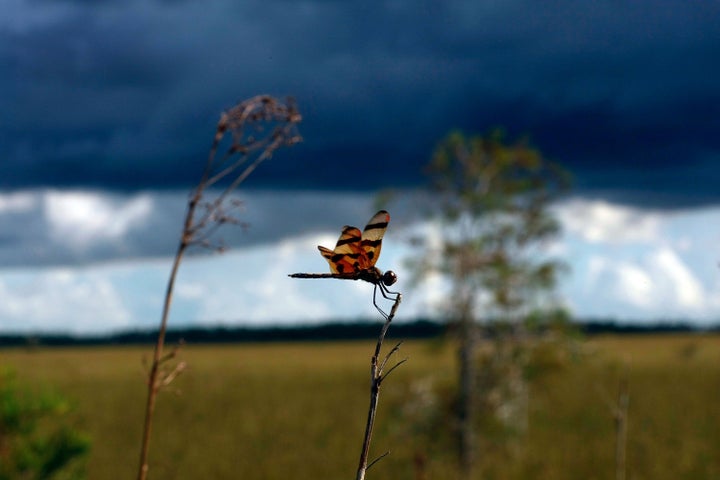
From 1870 to 1950 or so -- call it the Golden Era of really bold land conservation -- the majority of our most cherished, large-scale wildlife parks and nature reserves like Yellowstone, Yosemite, Glacier and the Everglades were created. So it's important to ask why efforts largely tapered off in the 1950's, with barely a trickle of new, much smaller reserves, being created over the past 60 years.
Quite simply, over time, it became much harder to do. In Teddy Roosevelt's time, big parks and reserves were generally created by government fiat. But, since the 1950's, organized financial interests have laid fierce claim to many remaining public and private lands for the resources within them such as timber, coal and forage for livestock. Additionally, more people inhabiting increasingly valuable open space raises the stakes, and intensifies resistance, when ideas are proposed that would take any land "out of production."
I don't believe our window of opportunity has closed on building new big reserves; not yet anyway. But we need to be much more creative and more optimistic if we are going to breathe new life into, and reawaken, that Golden Era.
I have the pleasure of working for a growing wildlife park, called American Prairie Reserve, which, if all goes to plan, will one day be the largest wildlife reserve ever assembled in the continental United States. American Prairie Reserve, located in the state of Montana, aims to be more than a million acres larger than Yellowstone and, from a size and wildlife numbers standpoint, on par with Africa's Serengeti.
The rich natural heritage of North America's native prairie land is of immeasurable value, not only from a conservation standpoint, but also in providing public access to extraordinarily large open spaces where the full suite of plants and animals thrive in their natural environment. We believe it should be conserved for the enjoyment and benefit of future generations. While still in the early phases of building this reserve, we love watching bison calves being born on the prairie each spring, myriad birds returning to nest from as far away as Argentina and receiving the visitors who come each year to enjoy camping, hiking and wildlife watching.
This effort was started, from scratch, just 10 years ago. To date we have purchased tens of thousands of acres, re-instated bison, which have been absent from the landscape for more than 130 years, and opened our first public campground last summer. Our journey is still in its early stages but we hope that our approach, which is part new thinking and part attempt to emulate the attitudes and mindsets of heroic conservationists from our past, could be used elsewhere, to further the broader conservation agenda.
Here are a just a few characteristics of that approach.
First, we hold an unshakeable conviction that really big nature reserves are still important. It is only on these really large landscapes that nature is truly in balance, with robust wildlife populations and natural processes at work. Large nature reserves also provide profound and impactful nature experiences for visitors. Ken Burn's video series entitled The National Parks: Americas Best Idea, profiled individuals who exhibited extraordinary conviction regarding this notion. John Wesley Powel, Cotton Mather, George Bird Grinnell and others persevered amidst considerable industry resistance and at times outright threats. But they built and left behind globally important parks and reserves for future generations. Stories of their boldness are inspiring.
Second, we have assembled a leadership coalition that includes big thinkers who, as group, have control of the project's strategy, and implementation, and most important, can comfortably hold in its collective mind a really big vision over a long period of time.
Third, we've developed a new model. We are building American Prairie Reserve, for the public, by buying private land with funds supplied by thousand of generous private contributors and without using any taxpayer dollars. These scattered private lands link together millions of acres of existing public lands thereby creating one vast and seamless landscape. Our goals are similar to those who came before us with regards to large-scale conservation but our methods allow us to achieve the same amazing conservation result without the need for sweeping government action.
We operate with a great sense of urgency, but we are also patient and comfortable taking a very long view. In the case of American Prairie Reserve, the real beneficiaries aren't even born yet. We take delight in building something of lasting value -- something that will be enjoyed hundreds of years into the future. I hope that conservations can continue to learn from one another's projects and together exhibit that same audacious thinking as those visionary leaders from America's Golden Era of large-scale conservation.